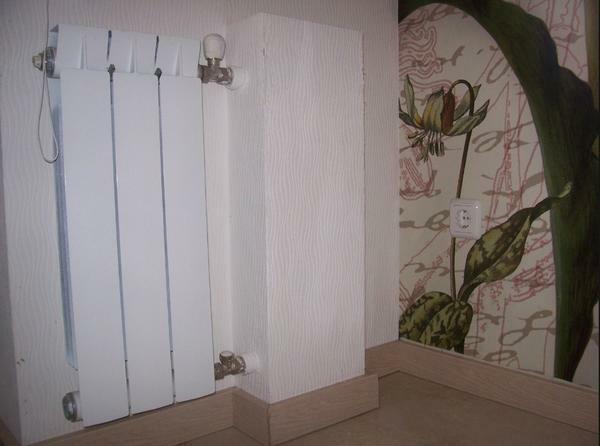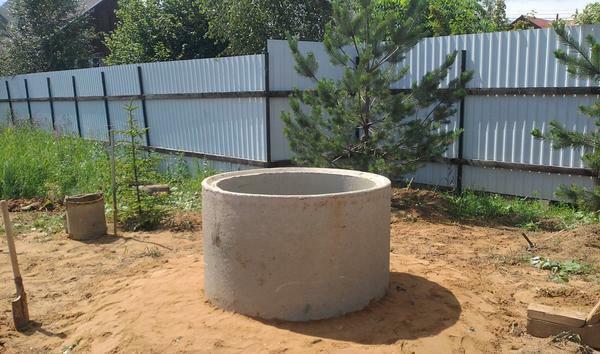Drainage plastic pipeline and its advantages
In the last century, pottery, ceramic and asbestos-cement drainage pipes were popular. Pottery and ceramics were used in the development of agricultural areas, but they are characterized by the following drawbacks:
- such pipes need to be washed frequently;
- their use implies a high degree of sticking;
- small service life.

Unlike the above pipes, before laying the asbestos-cement analog, it was required to make the cuts, which harmed the health of the person, thereby increasing the labor intensity of the process.
Drainage using a plastic pipe has several advantages:
- has a longer service life;
- high strength;
- anticorrosive property;
- easy installation;
- good self-cleaning;
- counteracts various clogging and sticking.
- quality corresponding price.
Stiffeners make it possible to distribute the load evenly over the entire pipe. Such a pipe copes with an aggressive environment and low temperature. It has low weight and good flexibility, and the connection is made by means of fittings. Smooth walls prevent the accumulation of precipitation. The purchase of such pipes is advantageous from an economic point of view, since they quickly pay off, thanks to efficient operation of the pipeline and simple installation.

Tubular drainage can be installed to a depth of up to six meters. A lot of small holes per one meter of pipe ensure a quick collection of water, its passage and, of course, withdrawal.
Drainage plastic pipe and its varieties
The person who chose the plastic drainage pipeline should understand that there are several varieties of this product. To begin with, the material is divided into:
- pipe made of polyvinyl chloride;
- polyethylene;
- high pressure polyethylene( LDPE).
- low pressure polyethylene( HDPE).

Depending on the conditions of use of the drainage, came up with several options for the execution of pipes:
- Double-walled. It is characterized by increased strength. Installation of such a drainage is possible deep in the ground.
- With filter. Designed for drainage systems, where it is possible to block the drainage of small particles.
- Drainage pipe with a large diameter. A large diameter is used to drain large amounts of water.
Taking into account the above data, the diameter of the pipe and the depth of its installation is determined based on the type and degree of soil moisture.

Brief instructions for laying the plastic drainage system
When the type of plastic pipe is selected and all materials are purchased, you can start laying. To perform it qualitatively, follow the following instructions:
- Make a trench furnace. The width of the trench is equal to the diameter of the pipe, plus forty centimeters. Its form should be a rectangular or trapezoidal section.
- Add a layer of sand.
- Add a layer of crushed stone( not less than 20 cm).
- Lay the pipe to a depth below the freezing level of the soil( minimum 80 cm).
- The slope of the pipe must be at least 3 degrees.
- Mounting of manholes is carried out on straight sections. Their distance from each other should be about 50m. In addition, they are also installed on corners, intersections and in places with a changed angular slope.
- Pour the top of the pipe with rubble, a layer of at least 20 cm.
- Cover the gravel layer with sand.
- Cover the outer part of the soil with turf.

Remember that the sequence of layers is extremely important. The simplest and most efficient way is to install the fir-tree in order to make the groundwater gravity flow into the roadside cuvette.


